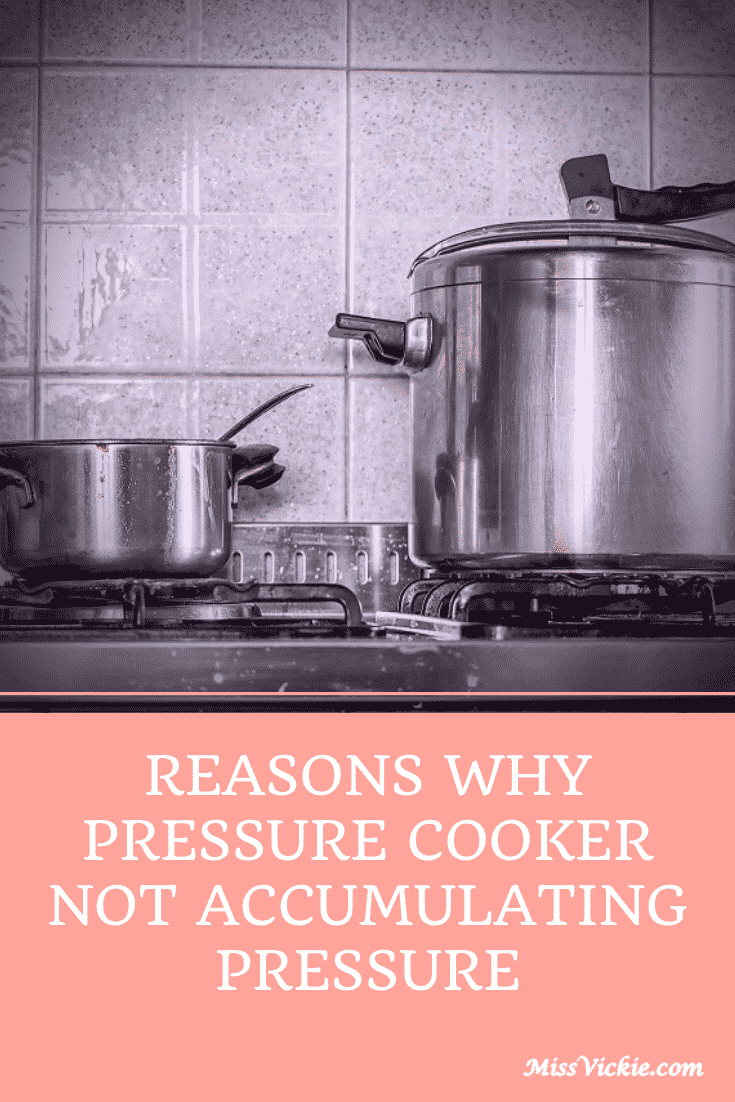
The pressure cooker is one of the most popularly used gadgets of the modern kitchen today. Not only is it a time-saving kitchen gadget that can make your life more convenient, but it also prepares meals efficiently without losing the nutritional value. Pressure cookers can accommodate a range of cooking techniques including steaming, braising, stewing, simmering and even baking, which has made them become staples of the contemporary kitchen.
Pressure cookers and pressure
All pressure cookers prepare food under pressure. As pressure cooker units heat up, they cause pressure to build until the pot becomes fully pressurized. This process of building pressure can take anywhere from 4 to 40 minutes depending on the type of pressure cooker being used as well as the cooking. Once the cooking process is complete, pressure can be released manually or it can be done naturally depending on what the recipe calls for. Pressure is generally released before the lid is removed.
Reasons Why Pressure Cooker Not Building Up Pressure
One of the most common issues that people face with their pressure cookers is that sometimes pressure cookers fail to pressurize or build pressure. First things first, you should know that pressure cookers cannot pressurize unless a complete seal is created in the first place. As such, if you are having problems with your cooker pressurizing, it almost always has something to do with the quality of the seal created. Some other reasons why your pressure cooker will fail to build up pressure include:
Failure to use enough cooking liquid
If you fail to utilize sufficient cooking liquid on the top and bottom of the cooking pot, it may cause the pressurizing process to fail. All pressure cookers rely on steam for pressure to be created. As such, if you do not have the right amount of liquid in the pot, the cooker will simply fail to pressurize.
To fix this problem, all you have to do is add more cooking liquid in the pot. After doing so, place the lid in place and start over the cooking process. Before you start the cooking process, always make sure to use at least one cup of cooking liquid before sealing the pressure cooker. This amount will obviously change when preparing foods such as grains, pasta, and beans.
Food may be stuck at the bottom of the cooking pot
Food sometimes gets stuck at the bottom of the cooking pot especially when browning is done before cooking. If you try and pressurize the cooking pot, the particles that are stuck at the bottom may prevent the cooking liquid from circulating properly. if the liquid does not circulate properly, steam will not be created, which will cause your cooker to fail. To check that there are no food deposits at the bottom of the pot, use a spatula to loosen the grip of any stuck substances.
Thick sauce
If you are preparing anything that has a thick sauce, it may also cause the cooker not to build pressure. Sometimes sauce that is too thick may fail to circulate, therefore failing to produce the steam needed for pressure to build up. If this is the case, you can rectify the situation simply by adding a small quantity of water or broth into the mixture in order to loosen it.